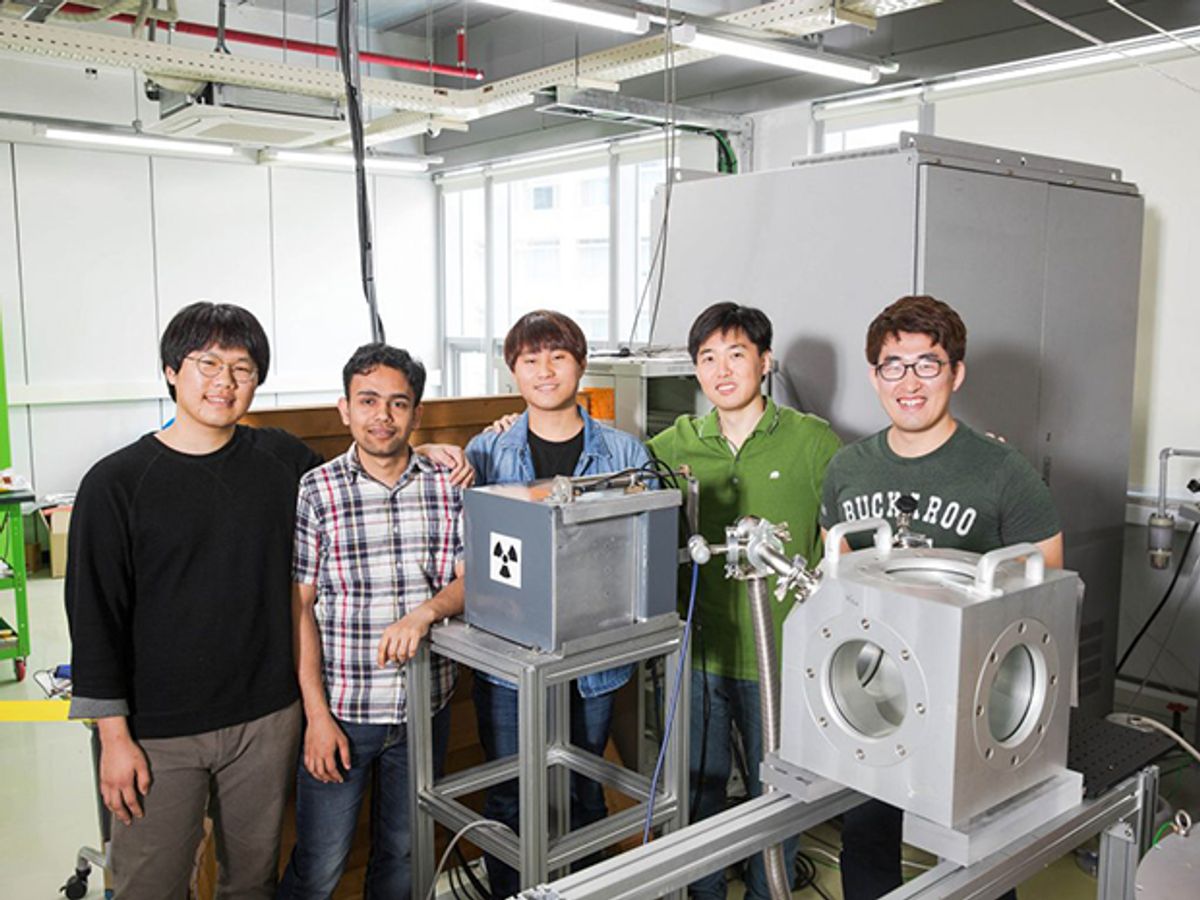Detecting radioactive materials from afar is not possible today. Take the typical Geiger counter for example. In order to detect 1 milliCurie of Cobalt-60, it needs to be within about four meters of the radioactive source, and it’s inefficient at measuring lower levels of radioactivity.
Given the frequency of accidents involving nuclear power plants around the globe, and the possibility of terrorists using dirty nuclear bombs as a weapon, there is an increasing need to detect radioactive materials remotely in order to protect those doing the detecting and to warn residents in areas close by. (Think of accident sites such as the Fukushima Daiichi nuclear plant, which is currently undergoing a challenging and decades’ long decommissioning.)
Researchers at Ulsan National Institute of Science and Technology (UNIST) in Ulsan, South Korea, have successfully demonstrated an experimental method for real-time remote detection of substances that emit hazardous radiation. Their technique is based on induced plasma breakdown by a high power electromagnetic (EM) wave source. Their results were published in the May issue of Nature Communications.
The researchers used a lab-made, 95-gigahertz gyrotron as a high power EM wave source with a maximum output power of 32 kilowatts. An RF detector was employed to detect the EM wave onset time and the time at which the RF pulse was attenuated due to plasma formation.
The researchers first performed the experiment using argon gas, both with and without the (controlled) presence of a radioactive source. This enabled them to study the formation of plasma under both conditions. They found that in the presence of radiation, the time it takes for plasma to form was markedly shorter: approximately half or one-third of the time it takes otherwise, depending on the amount of EM wave power produced by the gyrotron.
Because the threshold EM power for plasma breakdown in air was higher than the maximum gyrotron power available, the researchers conducted the air breakdown experiment only in the presence of radioactivity. They were able to detect 0.5 micrograms of cobalt-60 at 120 centimeters distance—the maximum distance allowed by the lab set-up.
Professor EunMi Choi, the leader of the group, told IEEE Spectrum that, “As soon as the next round of funding is secured, we plan to test the method outside the lab with a target range of about 100 meters.”
She added that the individual key technologies are almost fully developed, though integrating them into a practical unit that can be transported will be a challenge.
“The gyrotron needs to be mounted on a wheeled container for portable use, and an antenna will be added to change the tracking angle and size of the gyrotron’s beam,” said Choi. “We also need to improve the detecting method’s sensitivity.”
Employing current equipment available, such as a 300-GHz, 100-kW gyrotron, she estimates the system could detect radiation at a distance of 10 km in conditions of low humidity. And where humidity is high, a 100-GHz, 1-MW system would suffice. For distances of around 100 km, even lower gyrotron frequencies should be used: 30 GHz, 10 MW.
Choi explained that this is because humidity absorbs the EM wave, so the higher the frequency, the greater the attenuation. Similarly, with longer distances, lower EM wave-frequencies experience less absorption than a higher frequency source.
Choi estimates another three years of R&D refinement work is necessary, and a further three years of field-testing is likely before commercialization is something to discuss.



